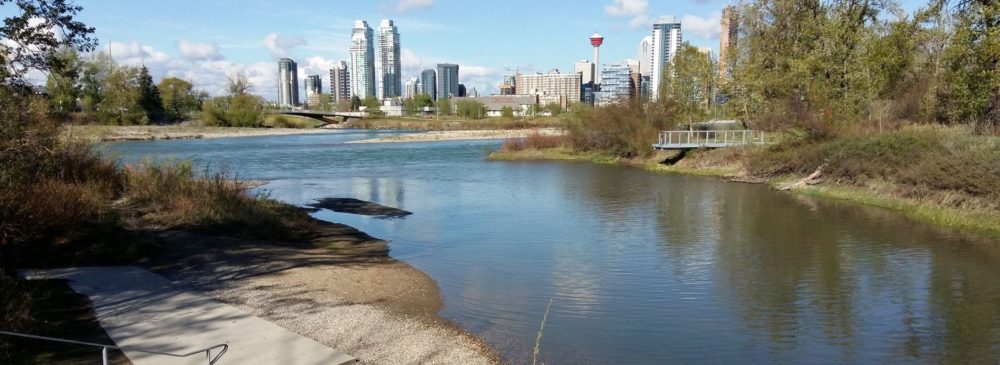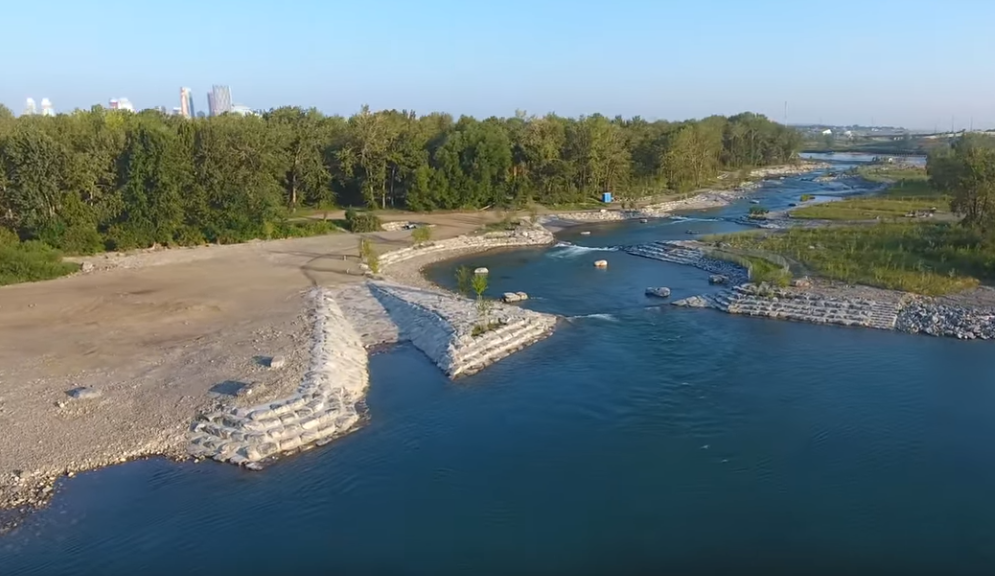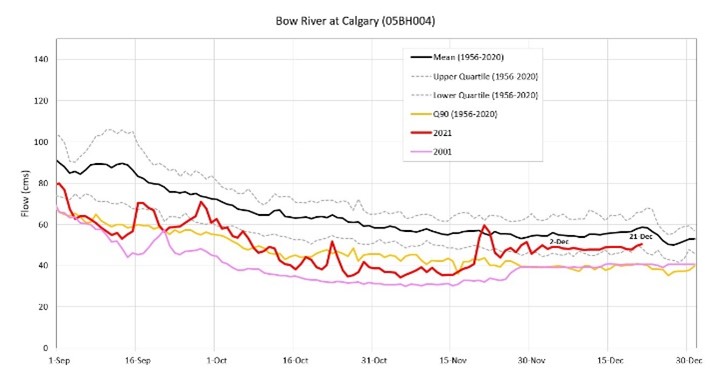Overview:
From a humble beginning in 2016 to engage with the City of Calgary for improvements to recreational river use, the Calgary River Users Alliance has expanded to more of an advocate for the Bow River Basin recreational river use. Our first success was the Calgary River Access Strategy, followed by the GoA Bow River Access Plan, encompassing the Harvie Passage development into CRUA priority developments. The challenge of improving Bow River’s water management policy and protection of the fishery was added to our advocacy initiatives.
CRUA is a loose amalgamation of the paddle and fishing community with a common interest to see improvement to recreational river use. Each member organization has its objective and goals that generally align with the CRUA’s broader scope of activities. Fortunately, we have been united in the majority of our directives, and our member organizations are to be complimented on this. Without a uniform voice, there will be little opportunity to get traction within government circles.
This document covers all the 2021 advocacy activities undertaken by either CRUA itself, or in cooperation with our member organization. Some of these files will need a considerable amount of input from stakeholders, therefore support to execute our directive will be needed.
If you feel you have the time to assist with any of these projects, we would welcome your input
Email:
Harvie Passage Task Force
Harvie Passage has been a focus of considerable debate since it was first proposed to alleviate dangers traversing the Western Irrigation District Weir more than 15 years ago. Although the instream infrastructure has been completed, access to the river edge, parking, and community service needs have not kept pace with river recreation use.
Following concerns expressed from the CRUA paddle community, the City of Calgary began the process to develop the Harvie Passage Task Force to create a fully funded and prioritized Facility Enhancement Plan for the Whitewater Park. Built by the GoA, the park has been an overwhelming success, but the infrastructure and management of the facility have been overlooked and underfunded. Three CRUA members met with the City and provided feedback regarding the Terms of Reference in the fall and we are looking forward to many more meetings in 2022. The Task Force is due to provide an update on the Facility Enhancement Plan to the Community Development Committee by Q3 2022. We will update CRUA members on the progress of each meeting and request feedback on items presented.
CRUA Action: Currently Alberta Whitewater Association, and Rocky Mountain Paddling Centre have worked on this file. As the project rolls out more stakeholder input will be needed.
Bow River Water Management Policies:
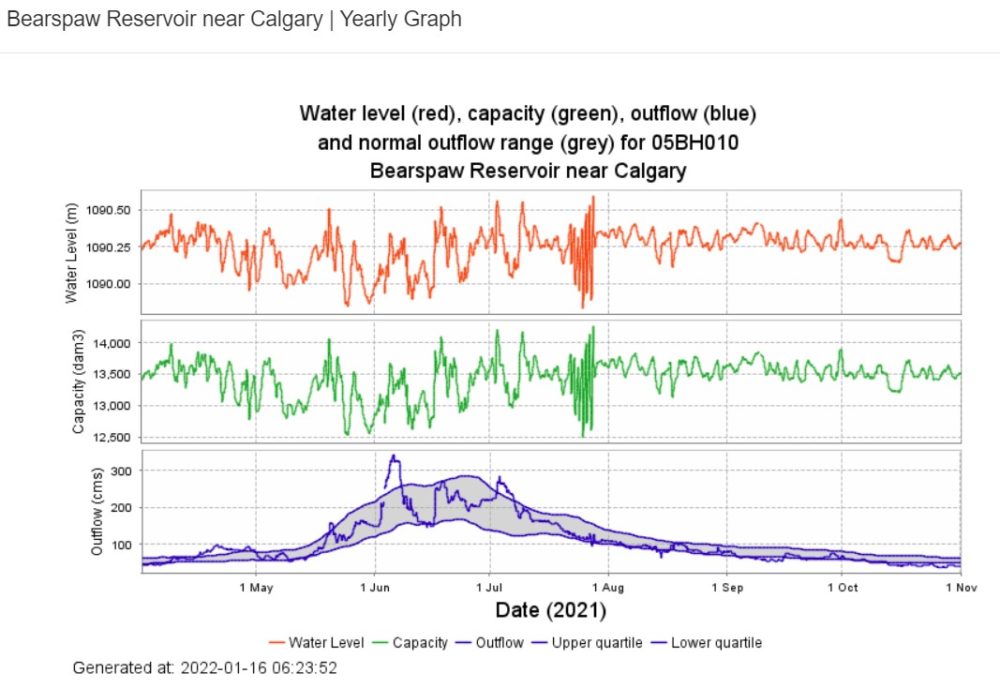 Low river flows and higher water temperatures have been the focal point of discussions with Alberta Environment & Parks for the past year. And on the back of wide variations in Bow River flows in 2020, it was encouraging to see stable flows through Calgary in 2021. Although TransAlta managed the flow variants extremely well in 2021 and the hope is it will continue going forward, there is a need to recognize that the normal hydropeaking electrical power generation at the Ghost Reservoir Power Plant was not possible for extended periods during the summer months. Low rainfall and reservoir storage resulted in a “water-in-water-out” water management protocol for most of the summer.
Low river flows and higher water temperatures have been the focal point of discussions with Alberta Environment & Parks for the past year. And on the back of wide variations in Bow River flows in 2020, it was encouraging to see stable flows through Calgary in 2021. Although TransAlta managed the flow variants extremely well in 2021 and the hope is it will continue going forward, there is a need to recognize that the normal hydropeaking electrical power generation at the Ghost Reservoir Power Plant was not possible for extended periods during the summer months. Low rainfall and reservoir storage resulted in a “water-in-water-out” water management protocol for most of the summer.
As fall approached, there was concern within the fishing community that water levels within the Calgary reach of the Bow River had reached dangerous levels that could impact fish survival. CRUA and our member organizations, Bow River Trout Foundation, and the Angling Outfitters & Guide Association of Alberta petitioned Alberta Environment & Parks to intervene in water management directives to alleviate our concerns.
The AEP Bow River Scientific Group reviewed the data and has included it in the Bow River Cumulative Effects Model to assess the impact of declining trout populations. Although flows did return to long-term averages by mid-November, risks from low river flows are still a concern.
TransAlta Ghost Power Plant WaterCharger Battery Storage Proposal:
 TransAlta is currently evaluating options for the battery energy storage system for the Ghost Hydroelectric Power Plant. TransAlta is planning for a two-phase approach to construction where Phase 1 would be constructed, energized, and tested by the end of 2023 before the construction of Phase 2. Pending availability of equipment and if market conditions are favorable, TransAlta is considering completing the full project in one phase of construction, with full project commissioning in 2023. Details are available at the following link:
TransAlta is currently evaluating options for the battery energy storage system for the Ghost Hydroelectric Power Plant. TransAlta is planning for a two-phase approach to construction where Phase 1 would be constructed, energized, and tested by the end of 2023 before the construction of Phase 2. Pending availability of equipment and if market conditions are favorable, TransAlta is considering completing the full project in one phase of construction, with full project commissioning in 2023. Details are available at the following link:
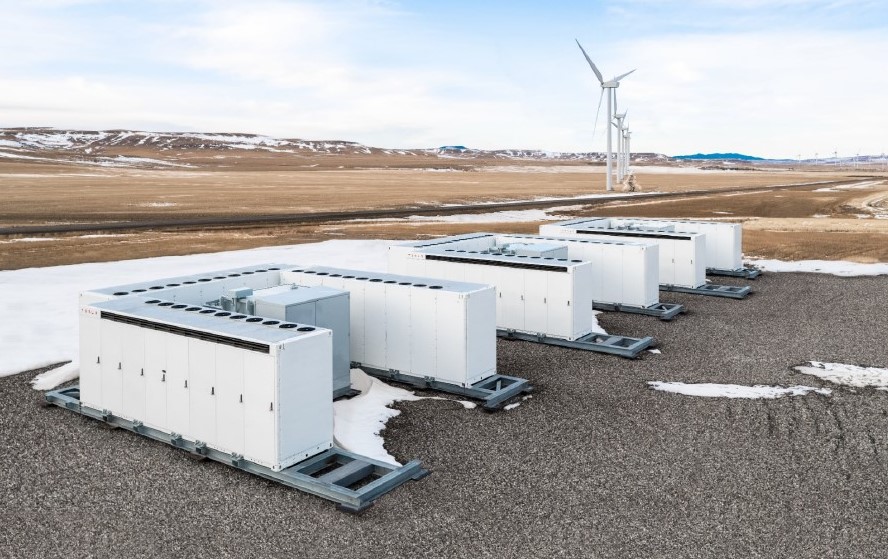 Investigations in the USA have suggested that hydroelectric battery storage has the potential to reduce or eliminate hydropeaking operations with a subsequent benefit of the ecology of rivers. CRUA has engaged with TransAlta and Alberta Environment & Parks on this proposal to investigate the potential for eliminating hydropeaking operations at the Ghost Power Plant on the Bow River, and the Pocaterra Power Plant on the Kananaskis River. If successful, high-quality trout fisheries could be the outcome.
Investigations in the USA have suggested that hydroelectric battery storage has the potential to reduce or eliminate hydropeaking operations with a subsequent benefit of the ecology of rivers. CRUA has engaged with TransAlta and Alberta Environment & Parks on this proposal to investigate the potential for eliminating hydropeaking operations at the Ghost Power Plant on the Bow River, and the Pocaterra Power Plant on the Kananaskis River. If successful, high-quality trout fisheries could be the outcome.
CRUA Action: CRUA will continue to engage with the regulatory authorities to optimize the contribution the WaterCharger project can make to river recreation opportunities
Bow River Basin Recreation Management Plan: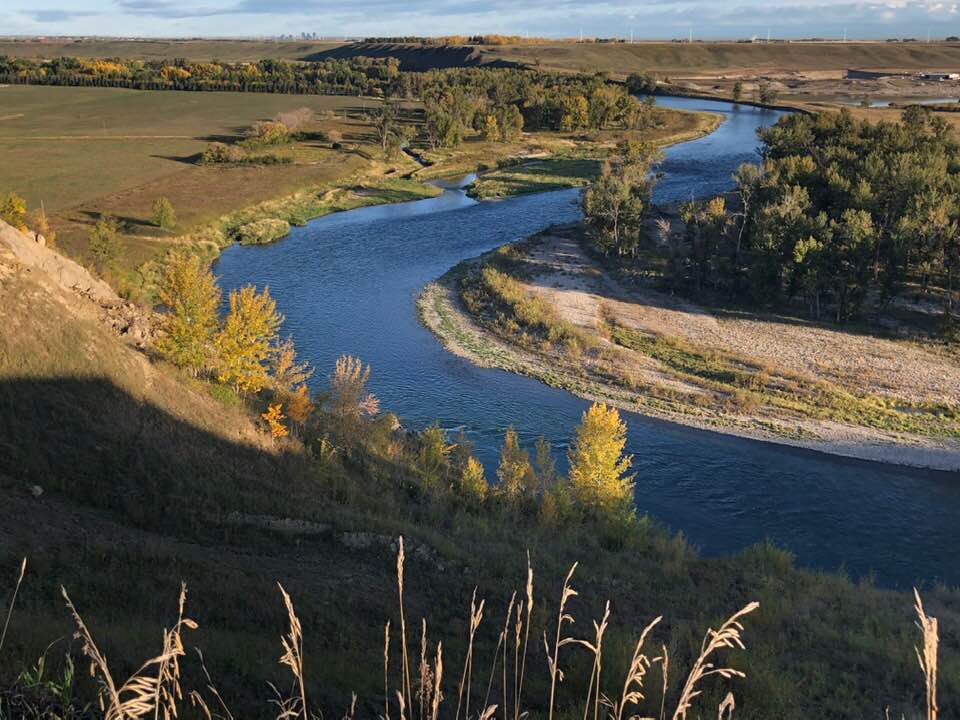
The importance of recreation activity has been well documented in research papers, government surveys, and federal, provincial, and municipal development plans. As the dynamics of a population change, there is a need to revise recreation delivery models. The importance of river recreational use is driven by the proximity to rivers and lakes. The Bow River Basin has become a focal point for outdoor pursuits in Alberta. As Calgary’s population grows the need for expanded river recreational infrastructure is paramount to meeting a younger generation’s outdoor pursuit expectations. CRUA prepared a discussion paper, entitled, “The Bow River – A River Recreation Plan is Needed” that presents the case for a “Bow River Basin Recreation Management Plan”.
As a part of our ongoing dialogue with Alberta Environment & Parks Water Management Group, it has been suggested that the CRUA proposal has some merit and could be given consideration for inclusion into the South Saskatchewan Regional Plan.The SSRP establishes a long-term vision for the South Saskatchewan Region and aligns provincial policies at the regional level to balance Alberta’s economic, environmental, and social goals. The regional plan also includes strategies for responsible energy development, sustainable farming and ranching, recreation, forest management, and nature-based tourism. It has been established under the Alberta Land Stewardship Act and the Land Use Framework. This version of the SSRP was amended in May 2018 and up for review in 2024.
CRUA Action: CRUA will continue to work on this file, but more input is needed to advance our position. An explanatory meeting with AEP is planned for late February to lay the groundwork to develop a proposal for inclusion into the SSBP revisions
Bow River Trout Population Declines:
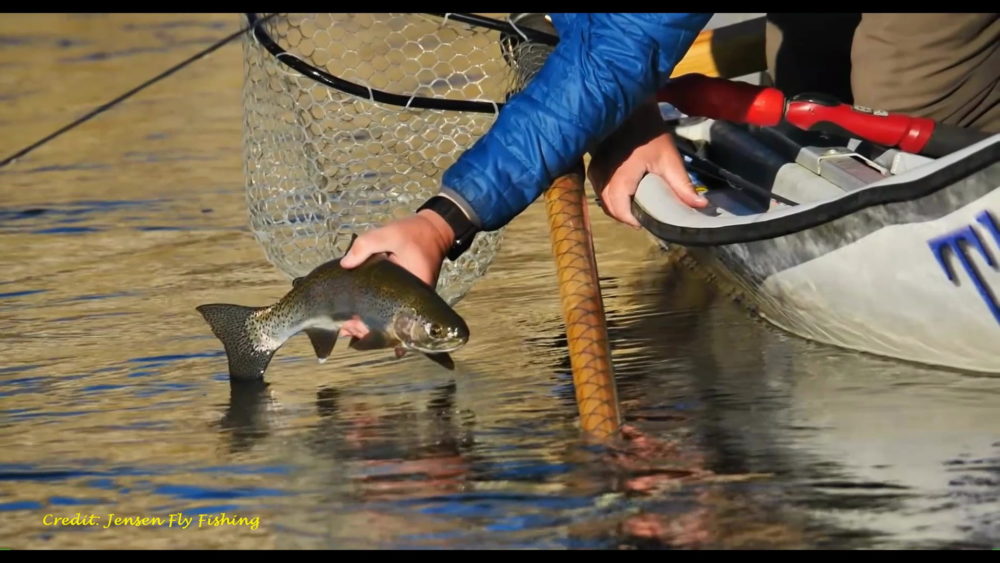 In August 2020 CRUA expressed our concern about the impact of Bow River water management policy on the fish populations to the AEP Water Management Policy Branch. After extensive discussions, the Alberta Environment & Parks (AEP) Fish and Wildlife Policy Branch was brought into the conversation to form the current AEP-CRUA Joint Technical Liaison Group to define ways to cooperatively advance discussions to develop both water and fishery management policy to improve the Bow River sports fishery. A review of the CRUA engagement with Alberta Environment & Parks lays the groundwork for fishery management change.
In August 2020 CRUA expressed our concern about the impact of Bow River water management policy on the fish populations to the AEP Water Management Policy Branch. After extensive discussions, the Alberta Environment & Parks (AEP) Fish and Wildlife Policy Branch was brought into the conversation to form the current AEP-CRUA Joint Technical Liaison Group to define ways to cooperatively advance discussions to develop both water and fishery management policy to improve the Bow River sports fishery. A review of the CRUA engagement with Alberta Environment & Parks lays the groundwork for fishery management change.
A Scientific Assessment of the Bow River Fish Population Decline was established by AEP. Using cumulative effects modeling techniques, the AEP Science Team has established a baseline of 4 stressors that have been considered by the team to have a significant impact on the Bow River trout population. Coupled with fish population surveys in 2018-21 it is clear that the Bow River trout population needs some remedial management action to sustain the trout population. Proposed regulation changes focusing on river fishing closures when low river flows combined with high temperatures and angling pressure was presented to the fishing community in January 2022. Although controversial, fishing regulations that aid in the protection of the fishery are needed.
CRUA Action: Appointed stakeholder consultation will continue with the AEP Science Team to further define the Bow River fishery management objectives. Updates will be forthcoming as more directives are available
